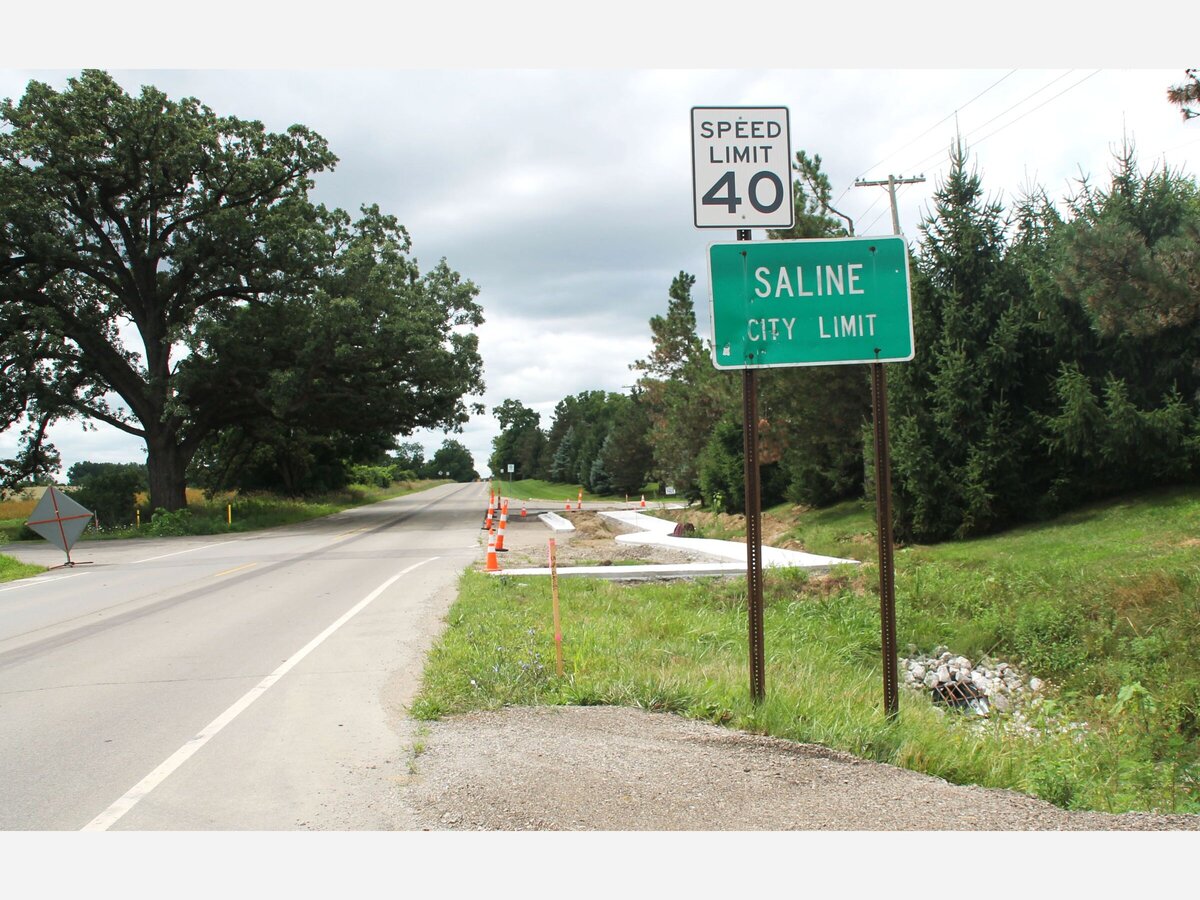To fill the gaps, mileage renewal continues for road reconstruction in Saline
Reconstruction is in full swing among the main and local roads of the Saline region. Saline City Council members met on August 1, 2022, with a 7-0 vote, to approve the ballot for the new mileage extension, which was originally scheduled to run for three years and through 2024. electoral charter was approved in 2019 and levies were collected. for the proposed projects.
In November 2018, an amendment was passed that generates half a million dollars each year to help rebuild roads within the community. The millions of dollars are just one of the funding resources for road renewal projects, and the amount collected by taxpayers will remain unchanged. These funds are allocated for road reconstruction and crush and fill solutions. One mil is 1/1000 of a dollar for property tax value and provides partial funding for the half million dollars needed to continue construction.
This contribution is intended to stabilize the improvement dynamic of current and future road projects. According to city engineers, in 2021 the High and Hillcrest Drive projects exceeded the mileage budget, “…some of the dollars are also going to larger projects,” said City Manager Colleen O’Toole. From 2019 to 2021, MDOT provided capital for a crusher and embankment only, the city is now considering total reconstruction for other roads and underground road utilities in Saline. Additional state funding for MDOT and bond proceeds are additional sources the city relies on.
Ongoing projects from 2019, 2020 and through 2022 include Industrial Drive, Mills Road, Nichols Drive, Woodland Drive, Pleasant Ridge Drive, South Harris Street and Clark Street. Projects such as Mills Road include new sidewalks and crosswalks for pedestrian enjoyment. Maple Street reconstruction is already approved in the spring of 2023 and there are more on the horizon. “Over the next three years, we plan to do 11 more segments,” O’Toole said.
City engineers use a rating system called PASER (Pavement Surface Rating and Rating), which helps determine each road’s quality and condition. This structure determines what improvements are needed, “we classify our local and main streets as separate,” said DPW Sirls. According to the city map, PASER ratings are good 6-10, correct 4-5 and poor 1-3.
The “Asset Management Program” launched in 2020 and set the entire city infrastructure in motion, the first road under the program was Industrial Drive. Other reconstruction designs considered in this program are the replacement of main and storm water pipes. The program was so successful that in 2020 the construction of Mill Street won Project of the Year.
The damage to the roads speaks volumes, especially considering the increased traffic volume in the area. “People weren’t going to work or going out to eat,” “we’re starting to put that feeling behind us,” O’Toole said of the pandemic and increased traffic. With the November 2022 election in mind, voters may wonder where exactly their millions of dollars are going. The roads speak for themselves and thanks to the hard work of the city, voters can see these concrete plans continue.
There will soon be a dedicated mileage page on the city’s website for public consultation.


Comments are closed.